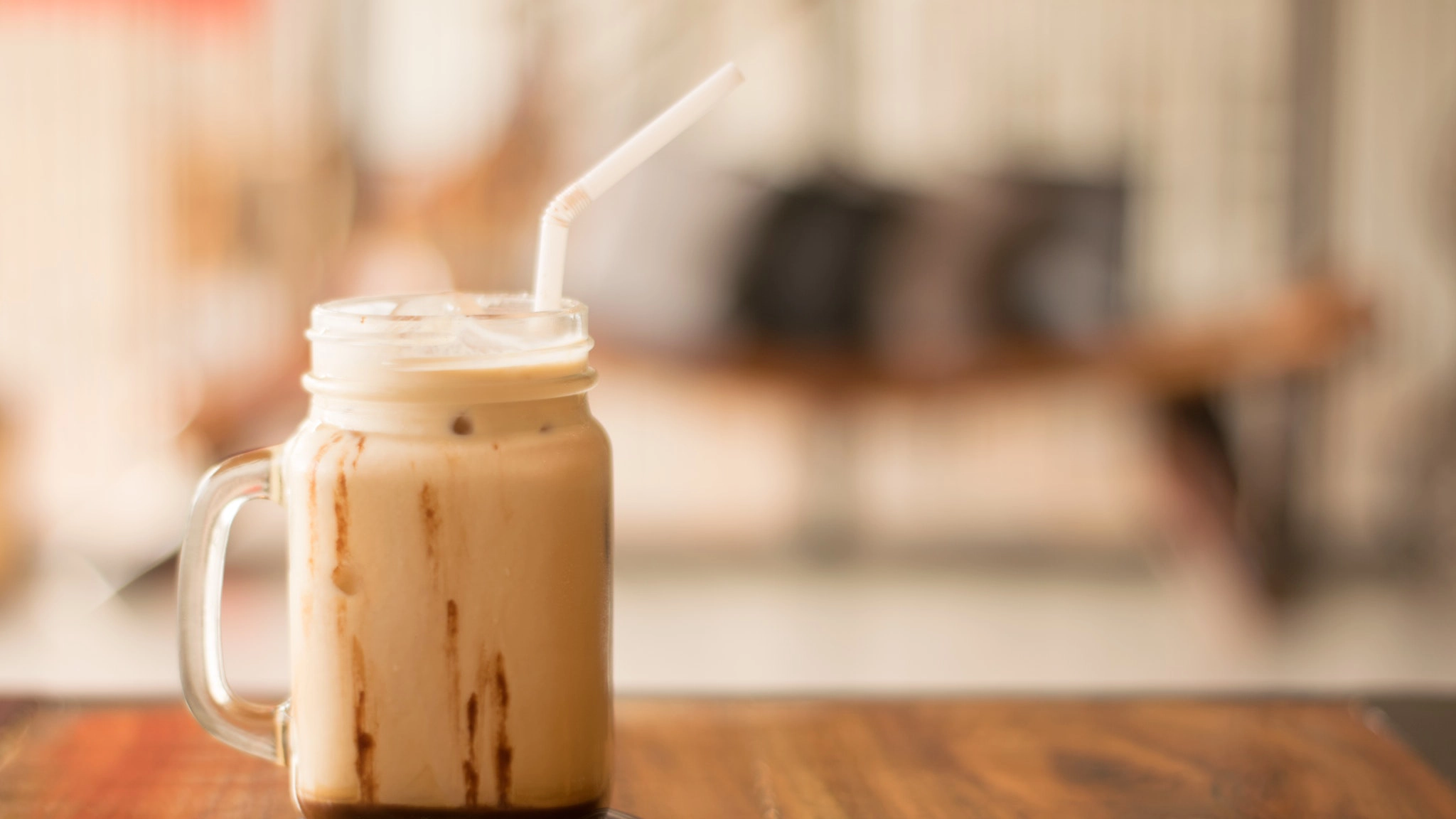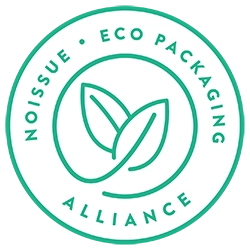All about recycling plastic, from the makers of edible coffee straws

Recycling is the trickiest of the three Rs, because it isn’t something you can actually do on your own. It has several steps, and most of the crucial ones are completed by machines. And then there’s the fact that there are lots of guidelines about what can and can’t be recycled – it’s not as simple as just not buying plastic, or reusing containers of mayonnaise.
Today, we want to tackle the third R. You could say it’s the least followed one because it’s a bit tricky, but of the people who do recycle, many are over-zealous and cause harm! Let’s discuss recycling plastic, answer some questions people have on the subject, and talk a little about our edible coffee straws. You can learn more about our product here.
How to recycle plastic
The process is complex, but the steps you need to take at home are usually fairly easy. Here’s what you need to do in most counties:
Wash the container to get rid of food, shampoo or other debris Dry the container thoroughly (place it upside-down overnight) Put the container in the recycling bin And that’s it! The recyclables will be picked up, or if you need to take them to the recycler, that’s an additional step. Easy peasy, right?
Now, let’s discuss what happens in the recycling facility once they receive your plastics.
First, the plastics are sorted. Workers pick out trash from among the recyclables, and cardboard and paper are removed. Then, machines are used to sort out the plastic, glass and metal into separate places, from where they’re prepared for recycling. Optic sensors sort the remaining plastic by resin type, and put it into bins, where it is compressed into bales and sold to buyers.
Some statistics about recycling
Here are some statistics about plastic recycling. While most of them are upsetting, governments continue to work on the problem, and to come up with ways to combat the plastic problem. So, have heart and do your best – we’ll come out on top. We always have.
- Plastic takes up to a thousand years to decompose completely
- Recycling plastic takes 88% less energy than creating new plastic does
- 91% of all plastic waste produced between 1950 and 2015 hasn’t been recycled
- Judging by the present trends, there will be 12 billion metric tons of plastic in the oceans by 2050. That’s 35,000 times as heavy as the Empire State Building! (from nationalgrographic.com)
- By 2050, the oceans will have more plastic, by weight, than fish (unless you start using our environmentally-friendly, edible coffee straws)
- Enough plastic is thrown away every year to circle the Earth four times (from utahrecycles.org)
- If we recycled all the plastic we currently throw away, we could save 1 billion gallons of oil and 44 million cubic yards of landfill space every year
- Just one ton of recycled plastic saves 5,774 kWh of electricity, 685 gallons of oil, 98 million BTUs of energy, and 30 cubic yards of landfill space (from utahrecycles.org) We don’t recycle nearly as much plastic as we should – which is a huge reason why plastic pollution is such a big problem. The consumerist culture in America and a general disregard for environmental issues combine together to create a depressing image of the future. That, partly, is why we created our edible coffee straws. We wanted to create a product that offers an alternative to plastic in an easy-to-use, user-friendly form. To buy our pasta straws, click this link.
FAQs about recycling plastic
Recycling is a complex subject, and short explanations often raise more questions than they answer. Here are some frequently asked questions about recycling, and our answers to them:
What plastics are usually recycled?
Usually, only PVC, HDPE and PET plastics are recycled. These include squeeze bottles, juice containers, shampoo bottles, milk jugs, and plastic soda bottles. There are six types of plastics that can be recycled, but the other types aren’t recycled currently, because they’re thinner and flimsier, so they can get caught in machinery and cause it to break down. Lids and caps are usually too small, and they slip through moving parts and cause problems.
Why can’t all plastics be recycled?
All plastics aren’t accepted for recycling because there needs to be a demand for recycled plastic in order to make the process financially viable (and so the recycled material is actually used). Some plastics do not have a market, so recycling them isn’t possible.
What if my county doesn’t recycle plastic?
Certain companies recycle plastics. For example, Walmart and Target recycle plastic bags – just drop them off at a location. TerraCycle is another company that recycles plastics – especially ones that aren’t recycled elsewhere.
Can I recycle plastic at home?
There are machines available, but it isn’t a viable option. You may be able to recycle the plastic using the machine, but then you’d have to make something with the plastic and use what you made, none of which is very practical. You can, however, reuse most disposable plastics! Read our blog on the subject for more information.
What happens to my recyclables?
Plastics sent for recycling are sorted, and then compressed into bales. These bales are then sent to various buyers, who use them to make bottles, furniture, plastic lumber, recycling bins, playground equipment, and other items.
Are recyclables thrown into the landfill?
Many people wonder if their carefully cleaned and dried recyclables end up in the landfill. The short answer is no. Most counties have a rule against dumping recyclable materials into landfills. If they can’t recycle due to lowered demand or other issues, they simply stop accepting recyclables.
The long answer, however, is sometimes. If you’re over-zealous about recycling and throw in materials that can’t be recycled (say, plastic wrap), that will go to the landfill. Plus, if your recyclables aren’t properly cleaned and are contaminated with food or dirt, the entire lot may be tossed out.
Tips for recycling better
Here are some tips which will help you recycle better and, more importantly, recycle more – that is, both to put out more items for recycling, and to ensure more of your recyclables are properly recycled.
1.Follow instructions
Carefully read the instructions on your county’s (or the company’s) website, and only send in items that can be recycled, after properly cleaning them and doing whatever needs to be done. If your county doesn’t have a website or you can’t find clear instructions online, call them for clarification.
2.Create a routine
Washing, drying and dropping off plastics can seem like a lot of work. Create a routine to make it easier. Wash and dry containers while you’re doing the dishes, and make a quick detour to the recycling facility when you’re in the vicinity, so you don’t waste gas.
3.Do your research
If you’re taking your recyclables to a company, do your research and make sure they are a real company that recycles their trash. You don’t want to drive miles out, only to give your recyclables to a shady company.
4.Recycle old appliances
Appliances, tech products, gadgets and much more can be recycled. In fact, there are several incentives in place for recycling large appliances such as a refrigerator. So, the next time you decide to upgrade your household appliances or gadgets, instead of throwing the old ones out, find a place that’ll recycle them.
5.Buy recycled
One of the most important aspects of the recycling process is demand. Plastics can be recycled because there are buyers for recycled plastic. Help out by buying recycled plastics, metal and paper, so you create a little more demand and thus make recycling a possibility.
So…are your edible coffee straws coffee-flavored?
Nope! They’re completely unflavored. We use the term ‘coffee straws’ to mean ‘straws you can drink coffee with’. They are in fact made with rice flour and cassava flour, and are a little bit like pasta. You can drink with them, and then wash them and toss them into your next meal. And if you have a pack lying around and are out of noodles, you can just use these straws in a pinch!
Our edible coffee straws are 100% eco-friendly – they contain no plastic (in the product or packaging), and they are safe for you and your family. We suggest keeping them out of reach of children, but you can feed them to your pets. Pasta is safe for dogs, cats, birds and rabbits, among others.
These straws are environmentally friendly because they’re made with rice flour, which breaks down in the environment. If the straws aren’t eaten at home or by the wildlife, they will quickly decompose in the landfill, and not be a problem to anyone. If one of these straws does find its way out to the sea, it will break down and become soft long before any animal can ingest it. And the best thing yet? If a sea creature does ingest it, hey, it’s just pasta! It is actually food, so they can safely eat it.
Our edible coffee straws aren’t meant for reuse. So while you can wash them after use and toss them into a meal, you can just as well throw them into the bin or feed them to the birds. That makes them hassle-free and easy to use.

